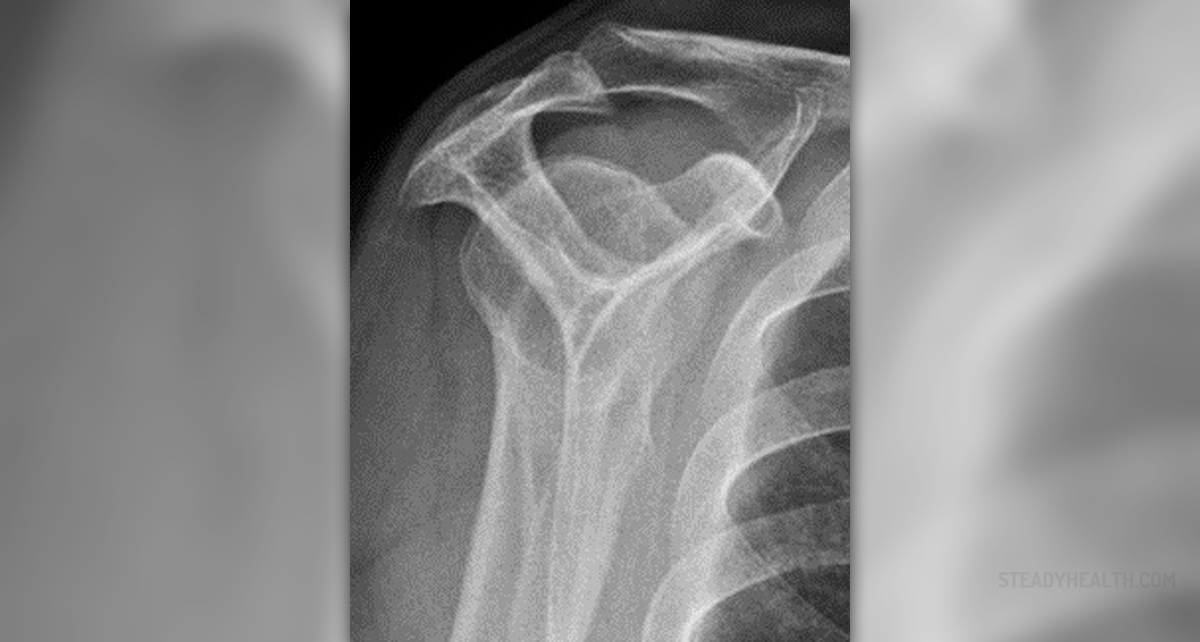
Biceps tendonitis is a medical condition which symptoms are inflammation of the biceps tendon. The biceps tendon is a specific structure that connects the biceps muscle to the front of the shoulder. The inflammation of the biceps tendon almost never occurs isolated and in majority of cases it accompanies other injuries such as rotator cuff tendonitis. This is a common injury in athletes. Biceps tendonitis requires proper treatment and if the condition is neglected the person may develop chronic form of the disease.
Causes of Biceps Tendonitis
Biceps tendonitis develops as a consequence of repetition and muscle overuse, calcifications in the tendon, multidirectional instability and direct trauma. Furthermore, in many cases inflammation of the biceps tendon is associated with some shoulder condition. In this case the excess of strain is placed on the very tendon and this leads to its inflammation.
Symptoms of Biceps Tendonitis
This particular condition features with pain in the front of the shoulder which is associated with movement of the arm and shoulder. The pain is most intensive during the frontal extension of the arm and if one raises the arm above the shoulder. Furthermore, the very shoulder may be tender to touch. The affected area is usually warm and swollen. Some patients complain about burning sensation in the front of the shoulder. The pain generally intensifies during night and in the morning. And finally, in some cases patients report a snapping sound which occurs if the shoulder or the arm moves in a certain direction.
Diagnosis and Treatment for Biceps Tendonitis
The diagnosis of biceps tendonitis can be set by well experienced doctor. He/ she will exam the affected area and look for signs of tenderness and inflammation. Additional tests such as ultrasound, X-ray or MRI may be required as well.
The cornerstone of the treatment from biceps tendonitis is a proper rest. The patients may slowly become more active. All the overhead exercises and movements are initially forbidden as they may cause further damage to the tendon and interfere in the process of healing. The affected area can be treated with cold compresses or ice packs every 4 hours. This is supposed to be done for 2 to 3 days after the onset of inflammation. Furthermore, the patients may take certain pain killers which are usually prescribed by a doctor. If biceps tendonitis is more severe the doctor will administer corticosteroid injections. After a period of approximately three weeks the person may engage in light physical activity and rehabilitation exercises. There are several rehabilitation exercises in case of biceps tendonitis and they include biceps stretch, light weight curls and shoulder Flexing. The exercises are performed once or twice a day.

















Your thoughts on this
Loading...